The Best Thin Crust Pizza Dough Recipe (Crispy, Flavorful & Authentic)
There’s nothing like biting into a pizza with a perfectly thin, crispy crust—that delicate crackle as you pick up a slice, the golden edges that snap yet still have just a whisper of chew. If you’re like me, you’ve probably spent years chasing that elusive balance: not too doughy, not cracker-dry, but just the right amount of crispness to let the sauce, cheese, and toppings shine.
Well, after countless experiments in my kitchen—flour-dusted countertops, late-night taste tests, and plenty of “almost there” attempts—I can finally share what I believe to be the best thin crust pizza dough recipe. It’s simple, reliable, and full of authentic Italian flavor.
So if you’re ready to skip the delivery box and create your own homemade pizza that rivals your favorite trattoria, let’s dive in.
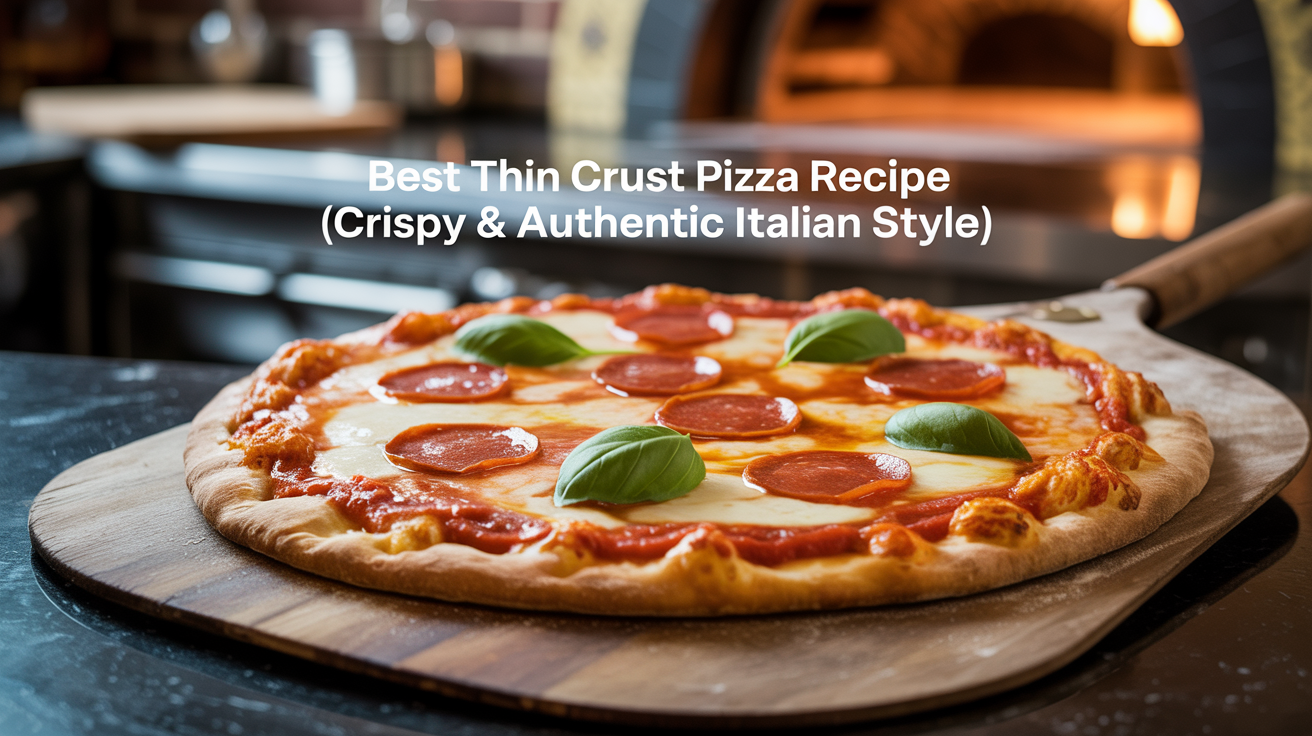
Why Thin Crust Pizza is So Irresistible
Thin crust pizza has a cult following, and for good reason:
- Crispy but not dry: A proper thin crust has crunch but still bends just enough to support toppings.
- Flavor-forward: With less bread to compete, the tomato sauce, mozzarella, and toppings get the spotlight.
- Quick bake: Thin crust pizzas cook in minutes, especially on a pizza stone or steel.
- Authenticity: In Italy, especially in Rome, thin-crust style pizzas are the everyday standard.
When made right, this style of pizza is addictive—light enough that you can easily eat a whole one by yourself (and I won’t judge if you do).
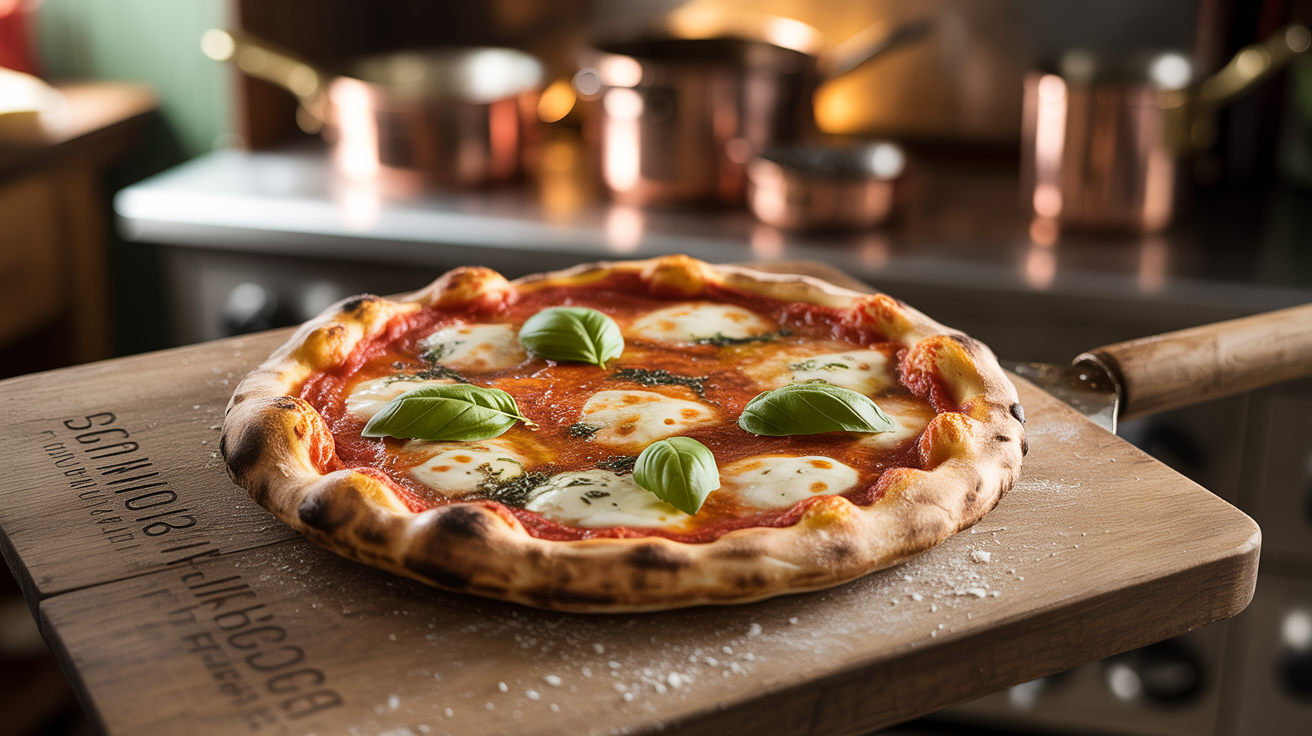
Ingredients for the Best Thin Crust Pizza Dough Recipe
This recipe makes two 12-inch pizzas (perfect for sharing… or not).
| Ingredient | Measurement | Notes |
|---|---|---|
| Bread flour or Tipo “00” | 300 g (2 ½ cups) | High-protein flour for structure; “00” gives silkier dough |
| Lukewarm water | 160 ml (⅔ cup) | Hydration around 55% keeps crust thin and manageable |
| Olive oil | 2 tbsp | Adds richness and helps crisp edges |
| Active dry yeast | 1 tsp | Fast and reliable fermentation |
| Sugar | 1 tsp | Helps feed yeast and promote browning |
| Sea salt | 1 tsp | Essential for flavor and gluten strength |
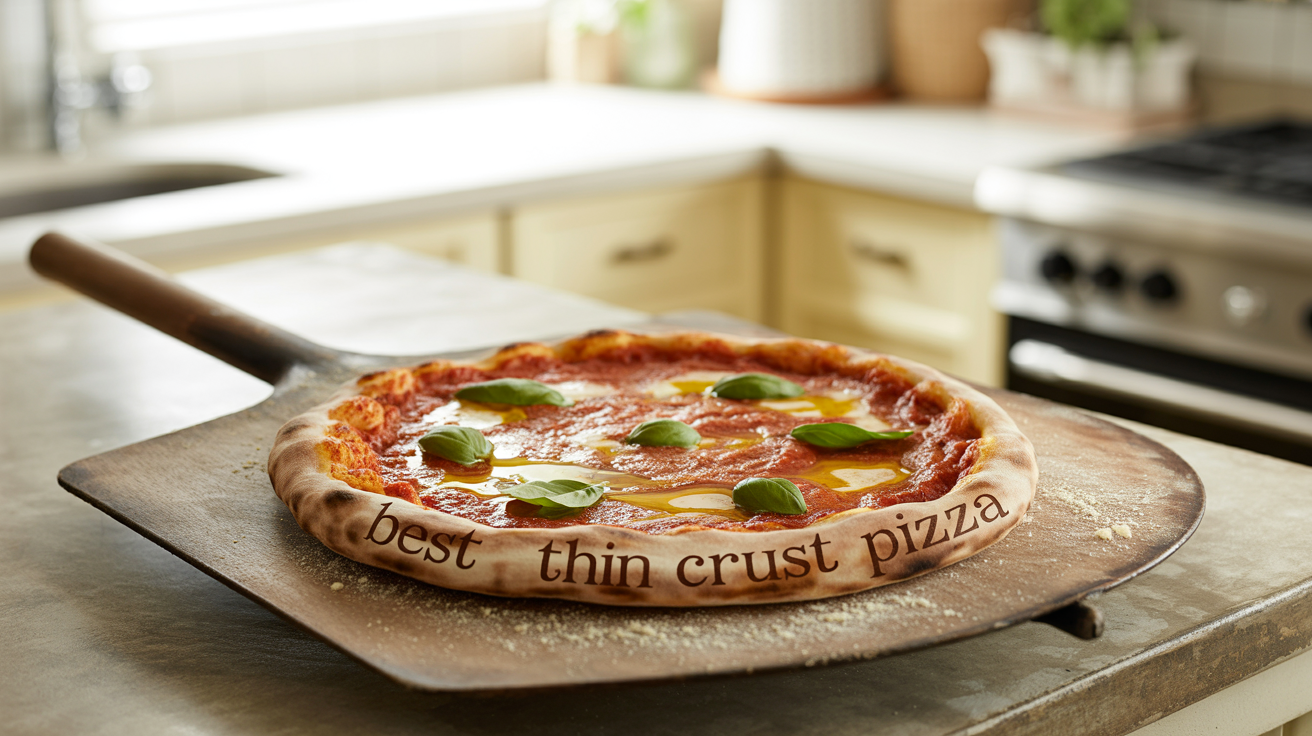
Step-by-Step Instructions
Here’s how to bring this thin crust beauty to life.
1. Activate the Yeast
In a small bowl, combine warm water, sugar, and yeast. Stir gently and let sit for 5–10 minutes until frothy. This means your yeast is alive and ready to work.
2. Mix the Dough
In a large bowl, whisk together the flour and salt. Add the yeast mixture and olive oil. Mix until a shaggy dough forms.
3. Knead
Turn the dough onto a lightly floured surface. Knead for 8–10 minutes until smooth and elastic. Thin crust dough should feel firmer than high-hydration Neapolitan dough but still supple.
4. First Rise
Place dough in a lightly oiled bowl, cover with a damp towel, and let rise for 1–1.5 hours at room temperature, until doubled in size.
5. Divide and Rest
Punch down the dough and divide into two equal balls. Let rest for 15–20 minutes. This makes stretching easier.
6. Shape the Crust
On a floured surface, gently stretch or roll each dough ball into a 12-inch round. For thin crust, a rolling pin is actually fine—you want uniform thinness. Aim for ⅛ inch thickness.
7. Preheat the Oven
Place a pizza stone or steel in the oven and preheat to its highest setting (250°C / 480°F or higher). Let it heat for at least 30 minutes.
8. Top and Bake
Transfer your shaped dough to parchment or a pizza peel. Add a thin layer of sauce, cheese, and toppings (less is more here). Slide onto the hot stone and bake for 7–9 minutes, until the crust is golden and crisp.
Tips & Tricks for Perfect Thin Crust Pizza
- Use less sauce and cheese: Thin crust can’t handle heavy toppings. Go light for best results.
- High heat is key: A screaming-hot oven gives that crisp bottom and blistered edges.
- Olive oil brush: Brushing the edges with olive oil before baking adds flavor and crunch.
- No stone? No problem: Use an inverted baking sheet preheated in the oven as a makeshift stone.
- Make ahead: You can refrigerate the dough overnight for even better flavor. Just let it come to room temp before shaping.
- Experiment with flour: All-purpose works, but bread flour or Tipo “00” takes it to another level.
FAQ: Best Thin Crust Pizza Dough Recipe
Q: Can I make thin crust pizza without a pizza stone?
Yes! Preheat a heavy baking sheet upside-down and bake your pizza on parchment. It won’t be identical but still crisp and delicious.
Q: How thin should I roll the dough?
About ⅛ inch is ideal. Too thin, and it may tear. Too thick, and it’s no longer a true thin crust.
Q: Can I use instant yeast instead of active dry?
Absolutely. Use the same amount, but skip the activation step and mix it directly into the flour.
Q: What’s the best flour for thin crust?
Bread flour for chew, Tipo “00” for silkiness, or even a mix of the two. Avoid low-protein flour—it won’t hold up as well.
Q: Can I par-bake the crust?
Yes! Bake for 3–4 minutes before adding toppings if you want extra crunch or plan to use heavy toppings.
Final Thoughts
There’s an art to making the best thin crust pizza dough recipe, but once you nail it, pizza night at home becomes an event to look forward to. You’ll savor the process: the feel of the dough under your hands, the smell of olive oil and yeast filling your kitchen, the golden crisp of a pie pulled fresh from the oven.
I can’t count how many times I’ve made this recipe for friends, and every single time, the crust gets compliments. It’s proof that with simple ingredients, a little technique, and a hot oven, you can create something extraordinary right in your own kitchen.
So go ahead—dust off that rolling pin, crank up the oven, and make yourself a thin, crispy, authentic pizza that rivals your favorite pizzeria. Once you taste it, you’ll know why I say this is truly the best thin crust pizza dough recipe.
See Also: Best Sourdough Pizza Dough Recipe (Authentic Italian Method)

Vinit Hirave is a passionate content writer for Pizzetteria Brunetti. A true pizza enthusiast, Vinit’s love for authentic flavors goes beyond the keyboard—he has hands-on experience working in a pizza shop, giving him a deep understanding of what makes a perfect slice. Through his writing, he shares stories, tips, and insights that reflect both his industry knowledge and his genuine affection for the art of pizza-making.


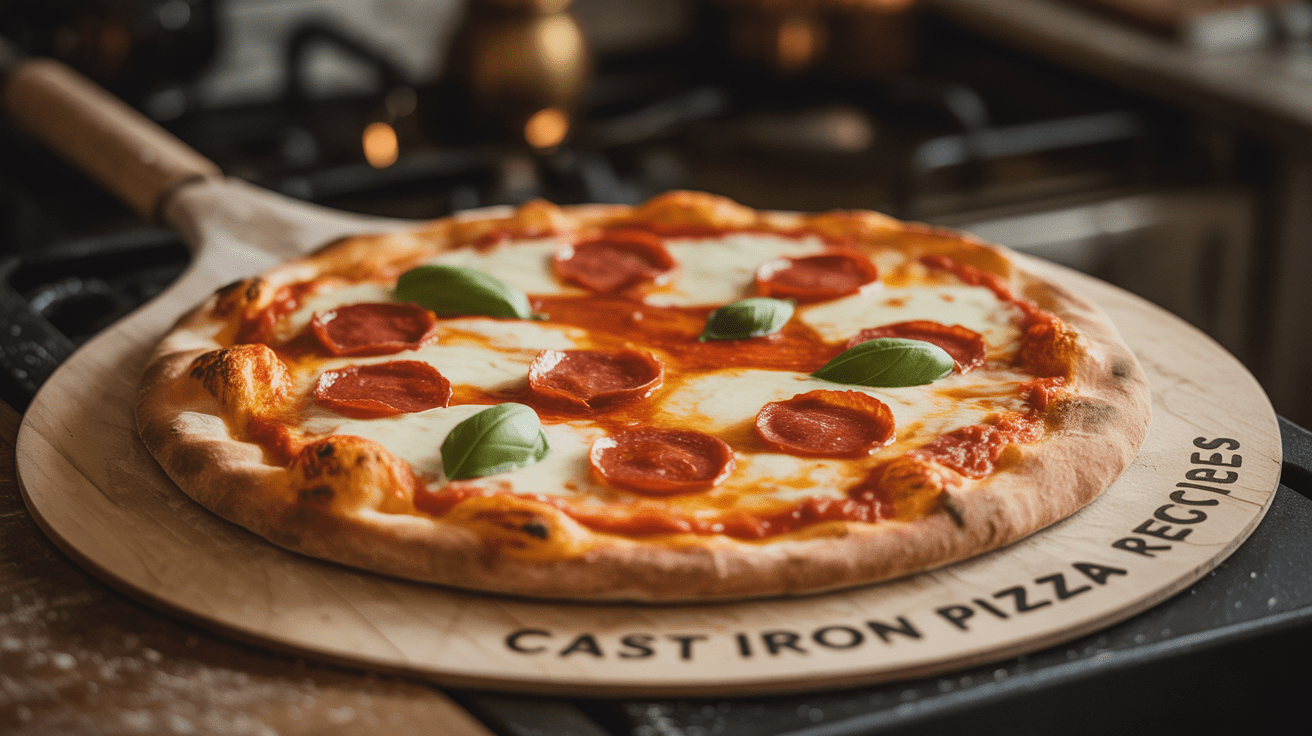

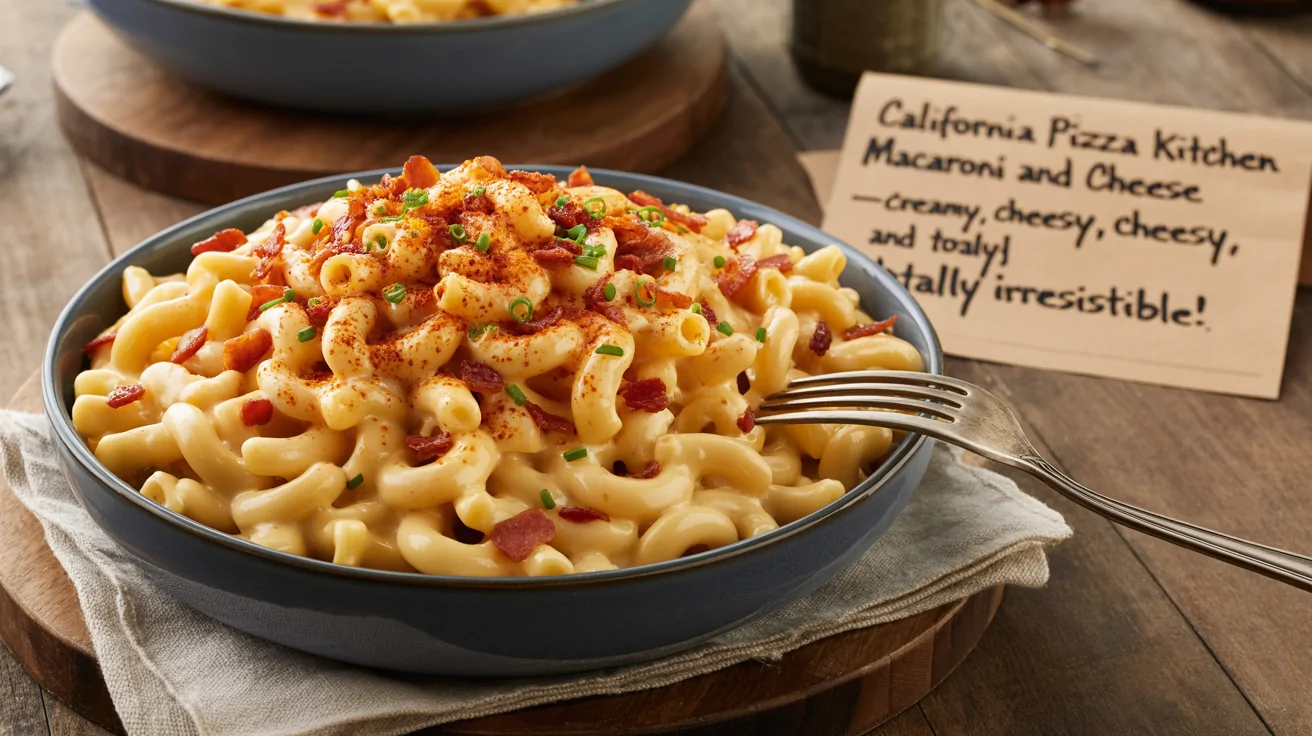
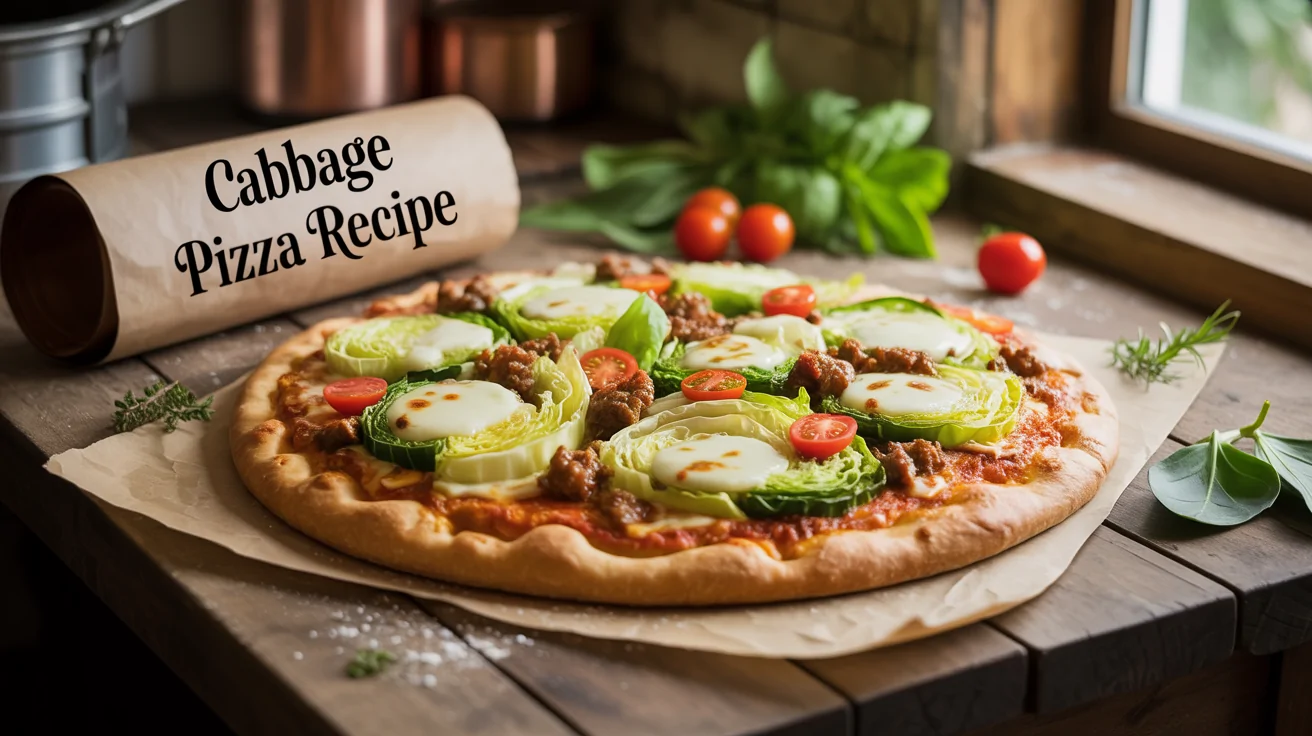

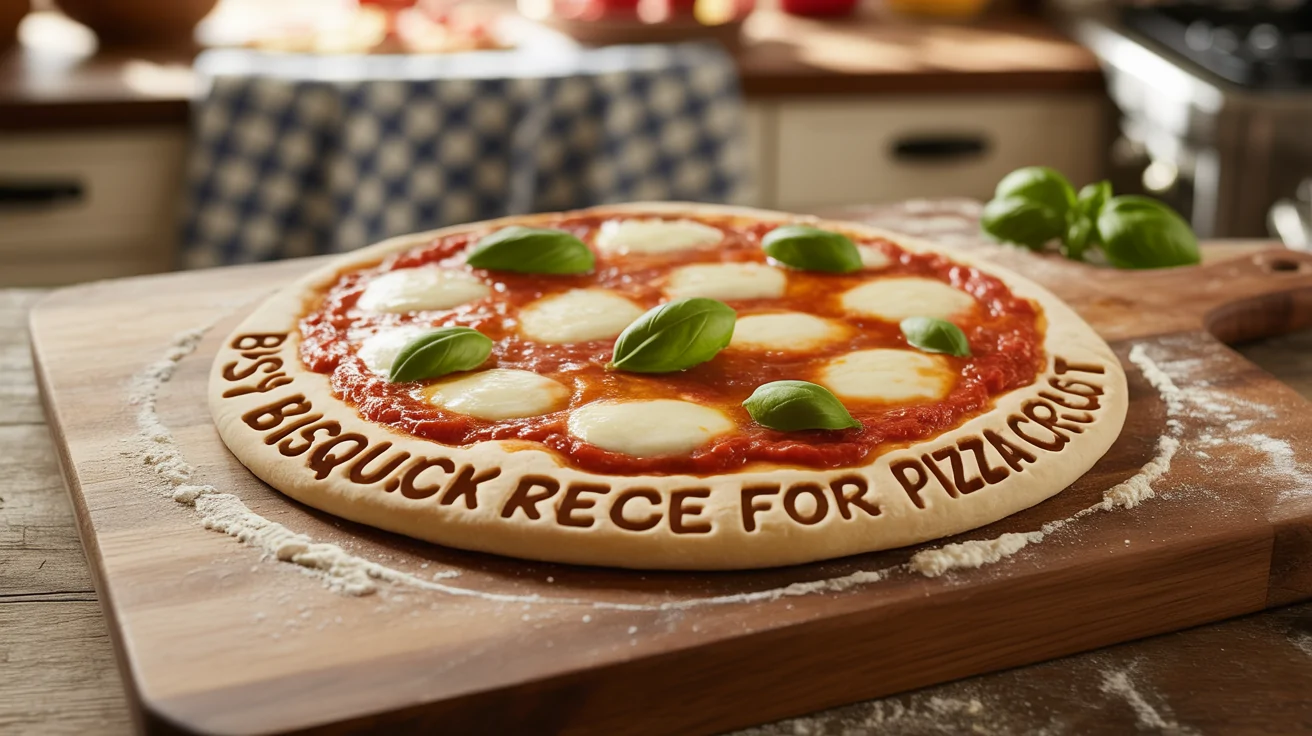
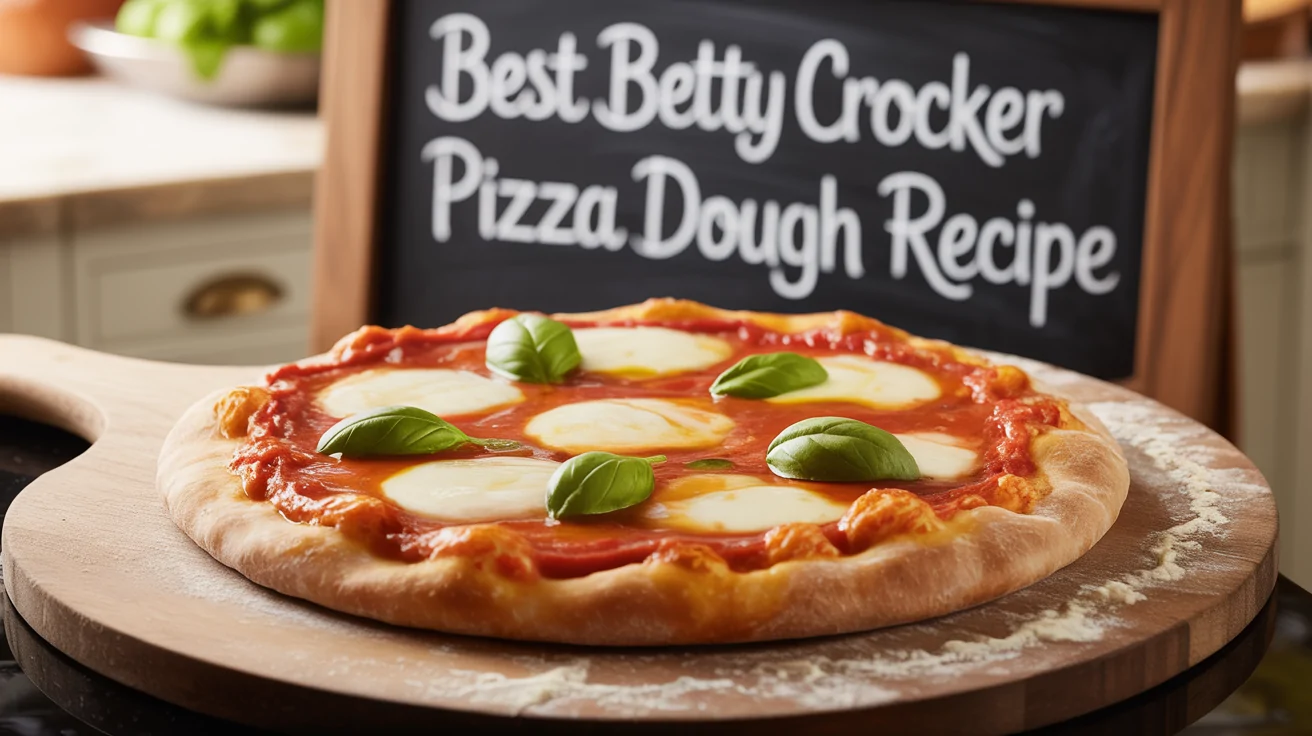

Leave a Reply